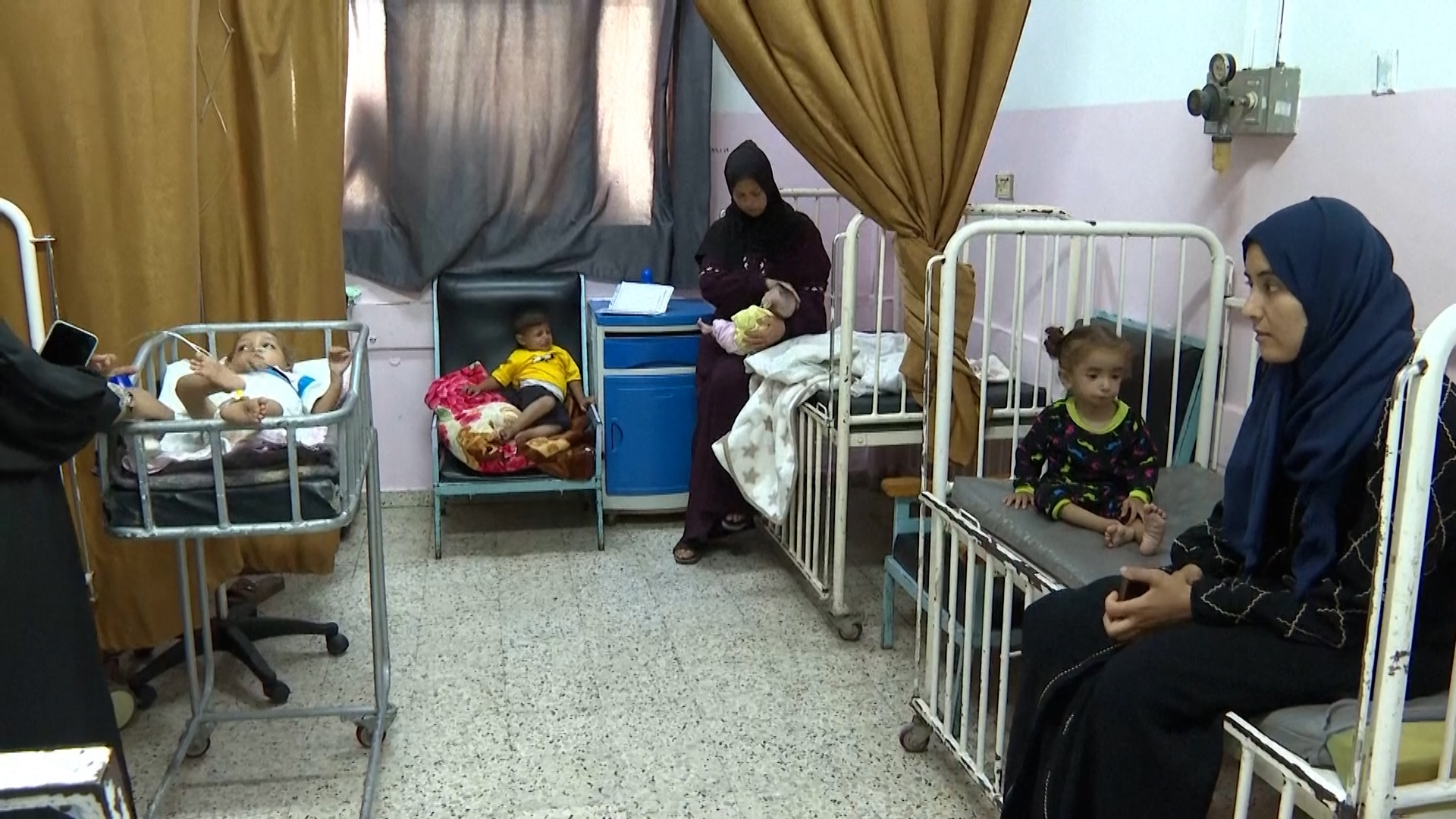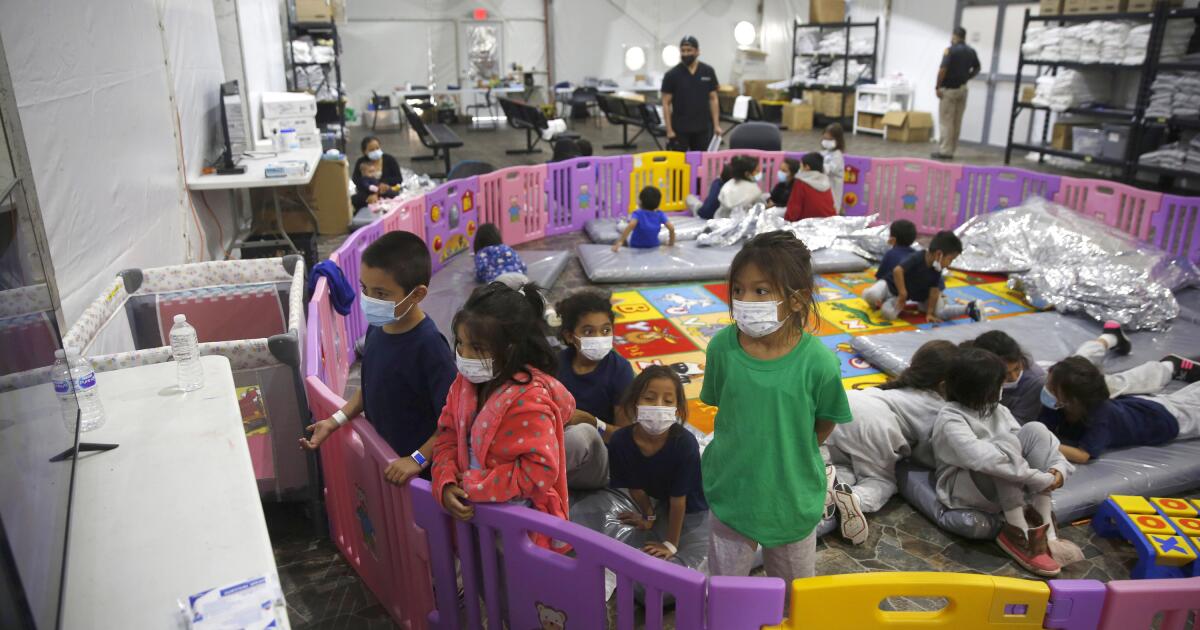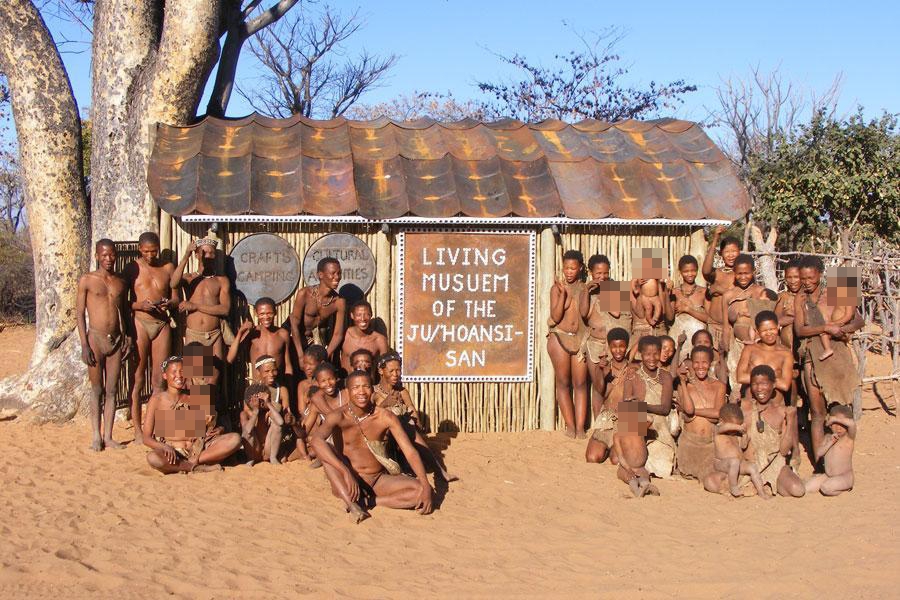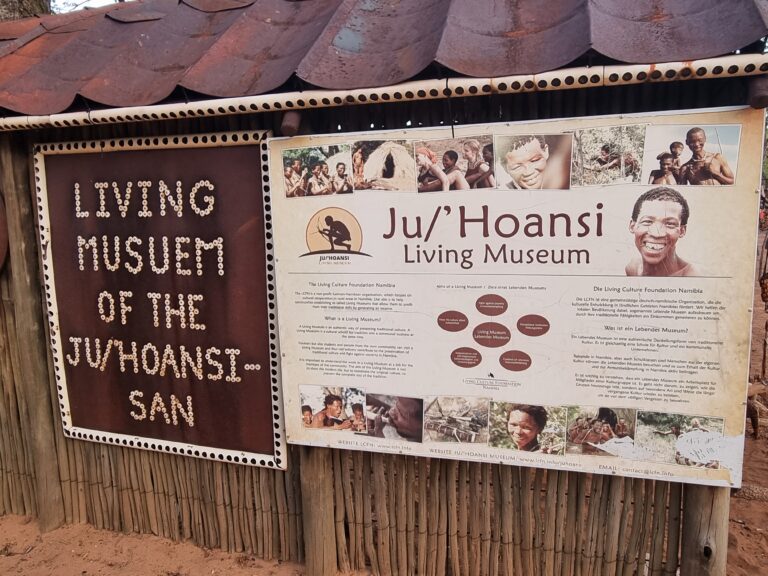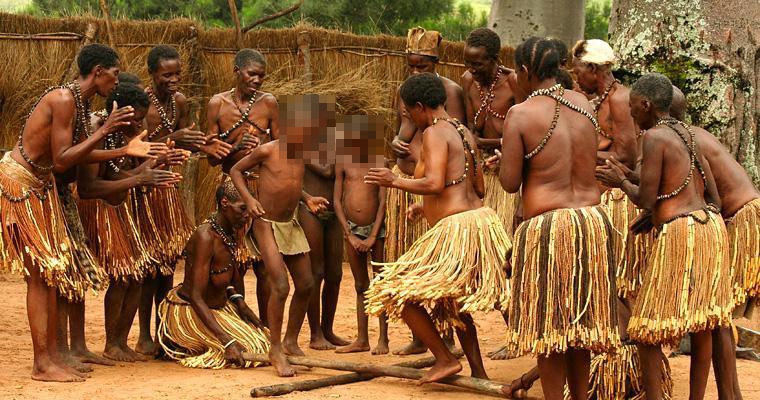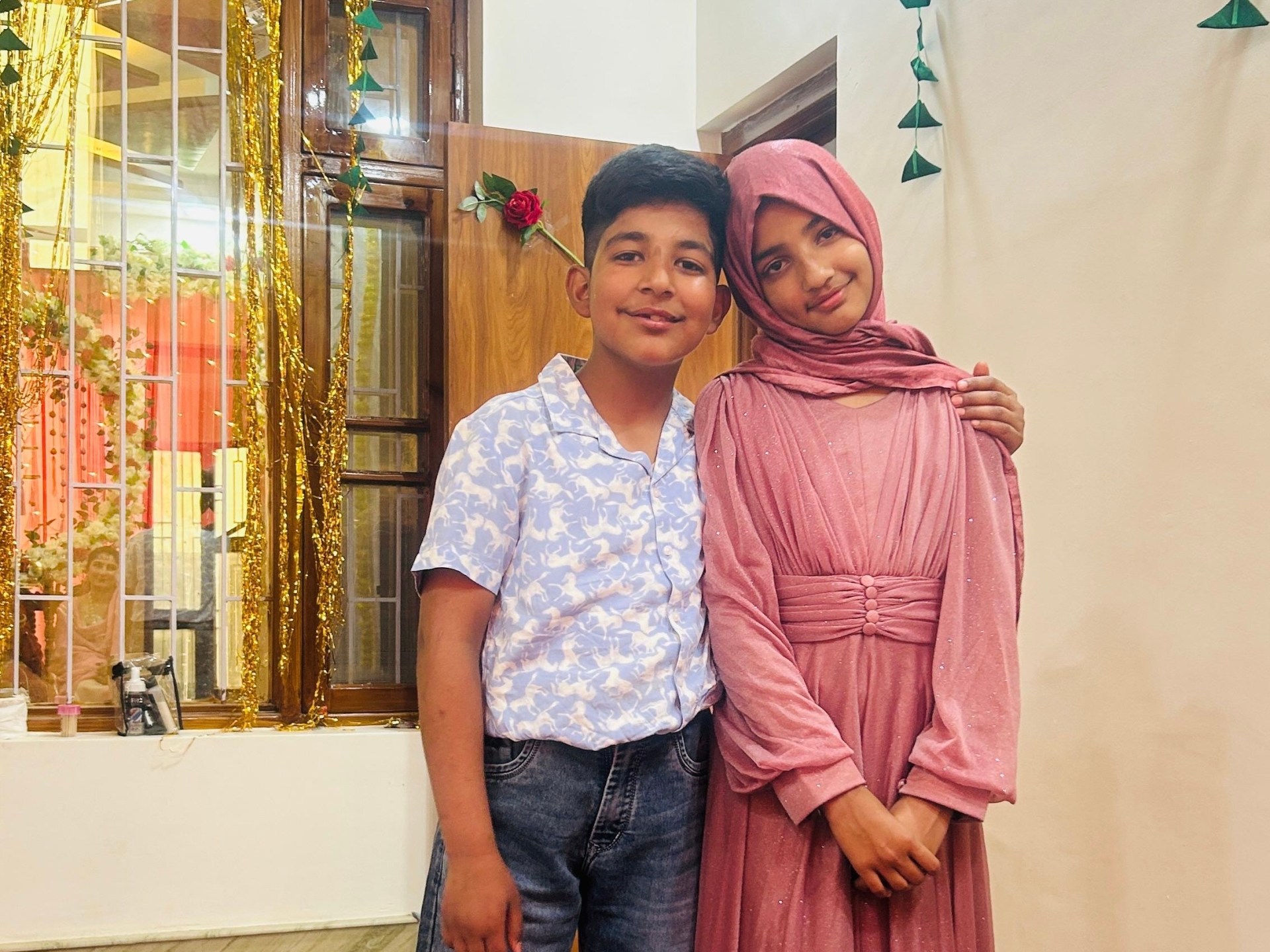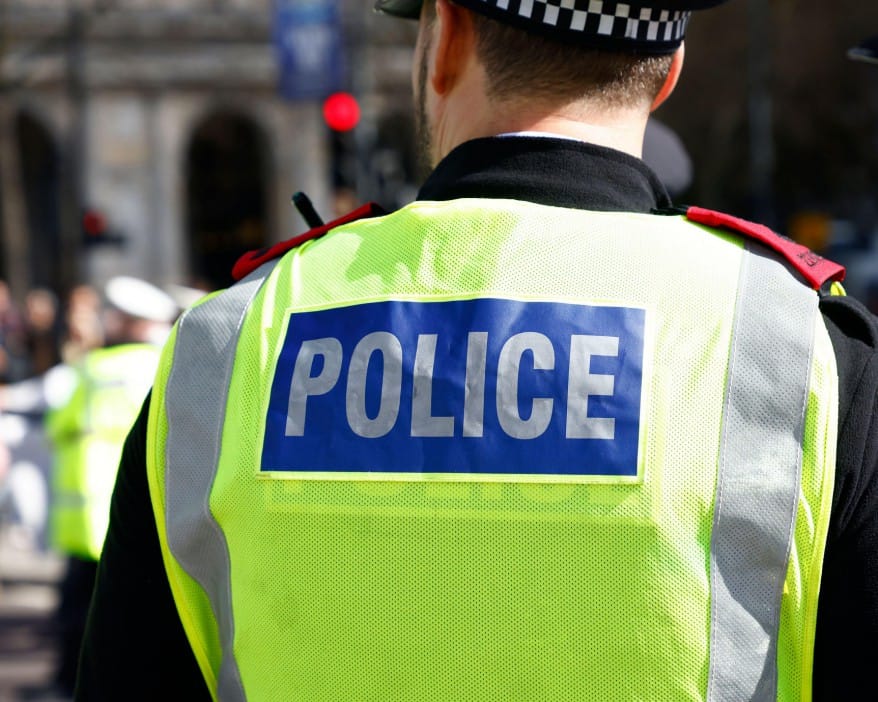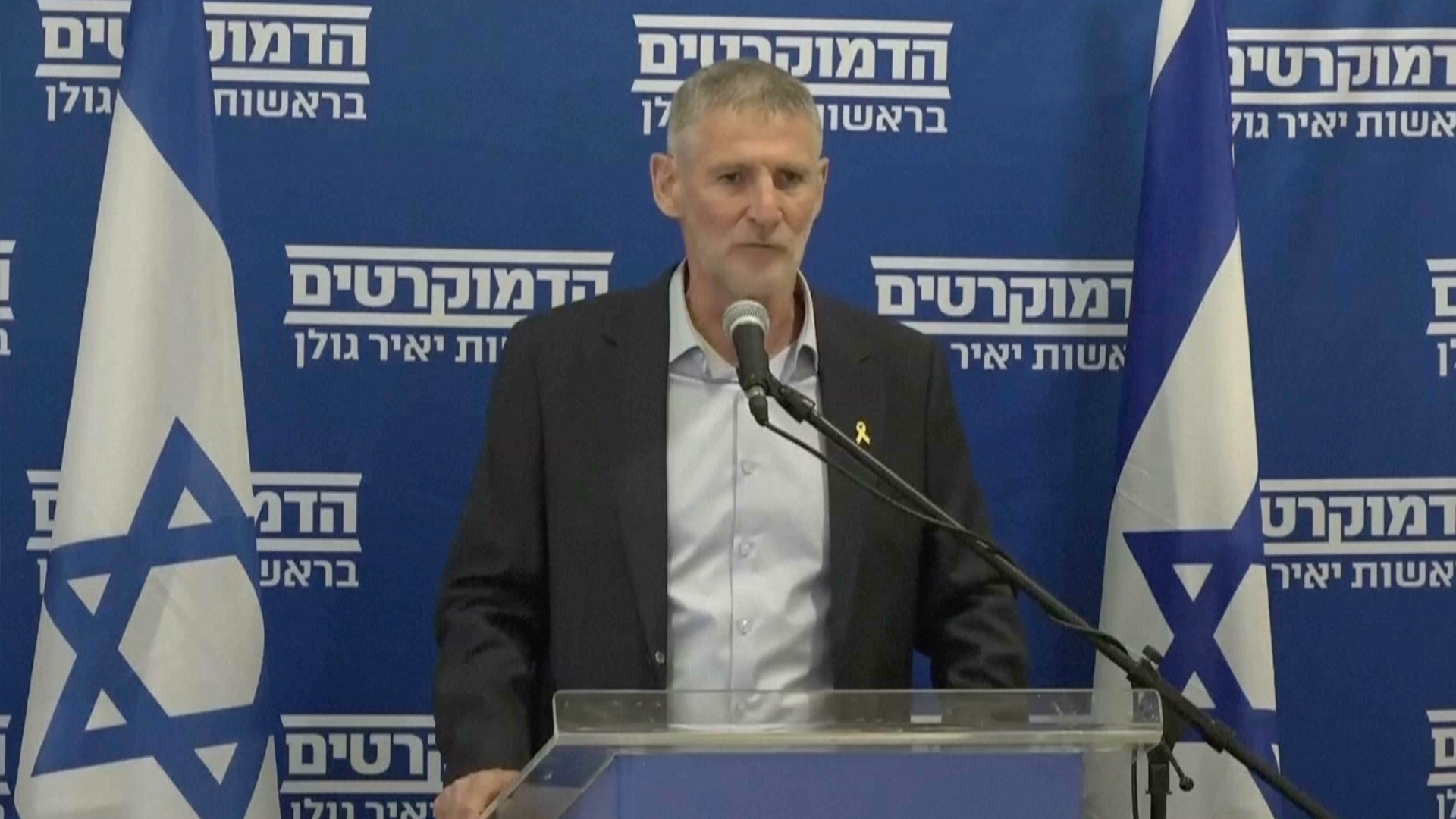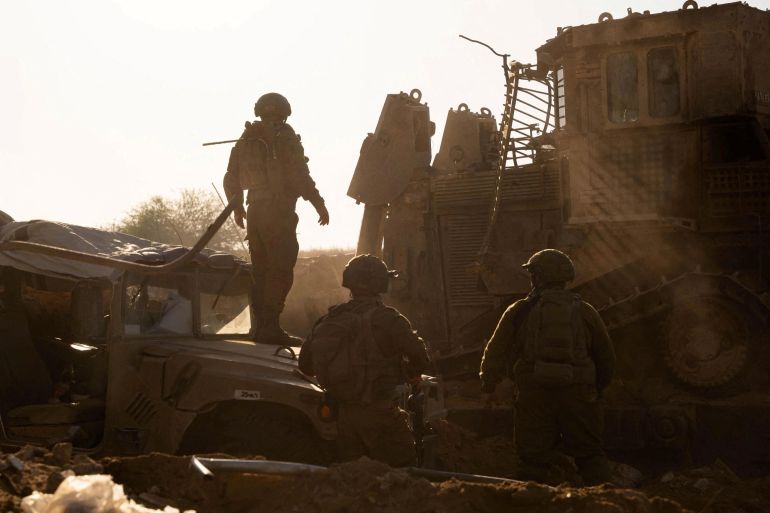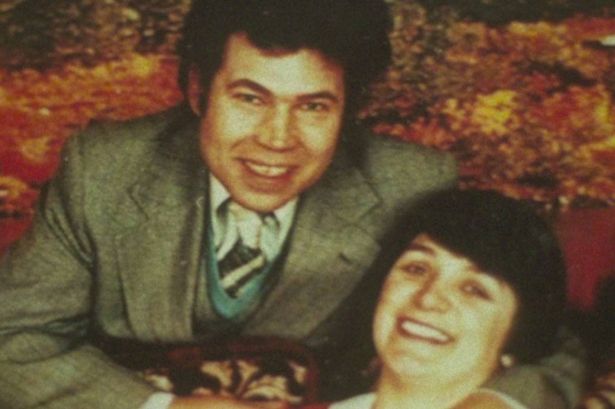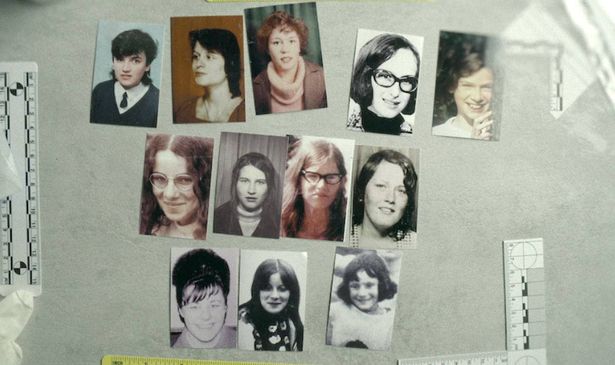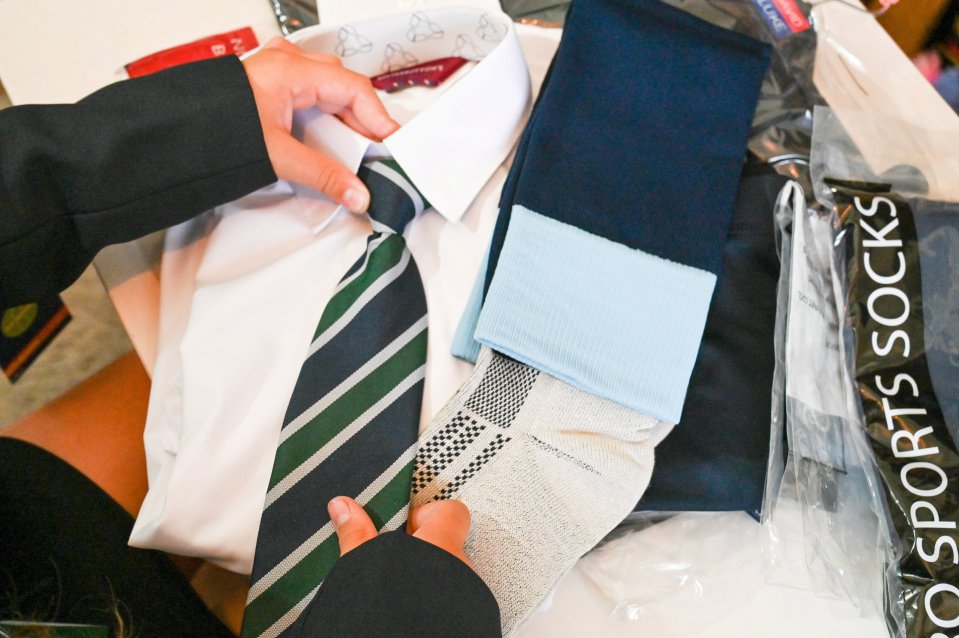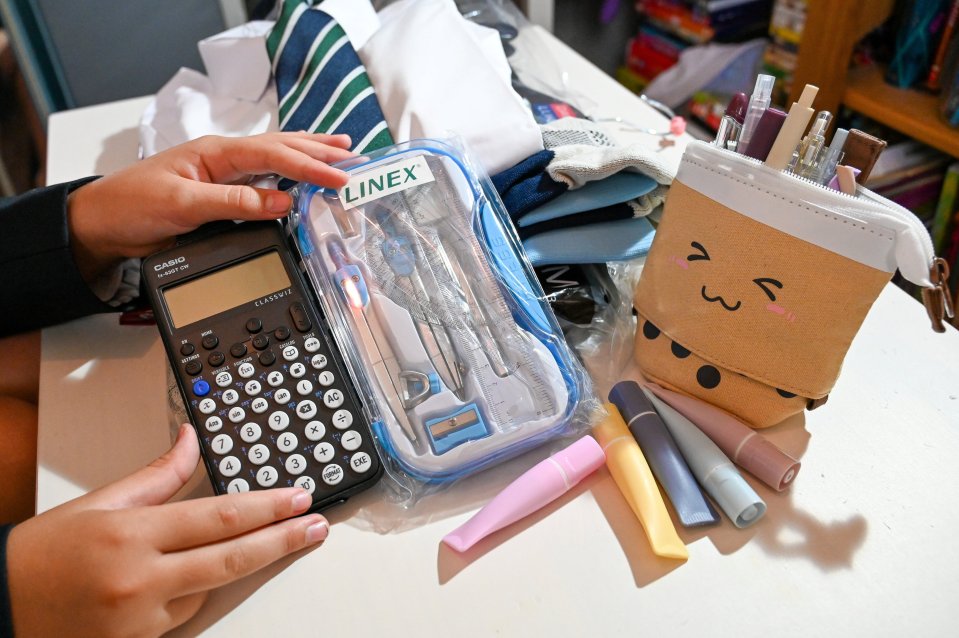Fred and Rose West’s crimes were laid bare in Fred and Rose West: The Real Story, which delved into the horrific murders carried out by the evil couple
WARNING: This article includes details of sexual assault, which some readers may find distressing.
Fred and Rose West: A British Horror Story, a recent addition to Netflix, has left viewers shocked with its chilling revelations about the infamous case.
The notorious serial killer couple managed to evade detection for years due to missed opportunities by various agencies that allowed them to slip under the radar.
It was only when police began investigating reports of Fred West sexually assaulting a child that the pair’s horrifying crimes were finally brought to light, revealing the gruesome secrets hidden within their family home at 25 Cromwell Street.
How many victims did Fred and Rose West claim?
During police questioning, Fred confessed to a minimum of 12 murders. Among his earliest victims were nanny Ann McFall, his first wife Catherine ‘Rena’ Costello, and their daughter Charmaine, reports Gloucestershire Live.
When police commenced excavations at 25 Cromwell Street, now infamously known as the ‘house of horrors’, they discovered the remains of nine women. Among the unearthed remains was Heather, Fred and Rose West’s daughter who had been missing since 1987 and was the first body to be discovered.
The other victims found at the property included Shirley Robinson, Alison Chambers, Thérèse Siegenthaler, Shirley Hubbard, Lucy Partington, Juanita Mott, Lynda Gough, and Carole Ann Cooper. Fred and Rose targeted vulnerable women, typically runaways or hitchhikers without any guardians.
The duo were jointly accused of murdering 10 individuals, but Fred took his own life in jail before he could stand trial. Rose was convicted for the murders of 10 young women and children, including her own daughter Heather and step-daughter Charmaine.
In 1995, she was given 10 life sentences, with former Home Secretary Jack Straw ruling that she should spend the rest of her days behind bars. Currently, Rose is incarcerated at HM Prison New Hall and continues to assert her innocence.
Who were Fred and Rose West’s victims?
Ann McFall – The nanny employed to care for Fred and Rena’s children is believed to be their first victim, having relocated from Glasgow to Gloucester. Her remains, along with those of her unborn child fathered by Fred, were discovered in a field in Kempley, near Fred’s birthplace of Much Marcle, Herefordshire.
Catherine ‘Rena’ Costello – Fred’s first wife and mother to Charmaine and Anne Marie. They wed in 1962, but she left Fred in 1969 amid allegations of sexual abuse and violence. Her remains were also found in a field in Kempley, close to where Ann McFall’s body was discovered.
Charmaine West – At just eight years old, Charmaine was killed by Rose while Fred was serving a prison sentence for stealing a vehicle tax disc and car tyres. Her remains were unearthed at the couple’s former residence at 25 Midland Road, Gloucester.
Lynda Gough – She vanished in 1973 after striking up a friendship with lodgers at 25 Cromwell Street. Tragically, she was found buried beneath a bathroom at the property.
Carole Ann Cooper – She was residing at a children’s home and had been visiting her grandmother over the weekend when she disappeared in 1973 after getting on a bus to return home. Despite police efforts, they were unable to locate her and her remains were discovered in the cellar of 25 Cromwell Street. The authorities believed Fred and Rose picked her up while she was hitchhiking.
Lucy Partington – She went missing in 1973 after leaving a friend’s house and it is believed that the couple picked her up while she was waiting for a bus to go home. Her remains were discovered in the cellar of 25 Cromwell Street.
Thérèse Siegenthaler – The Swiss-born student was studying and working in London. She vanished in 1974 while hitch-hiking to visit a friend in Ireland. A search by the Metropolitan Police proved fruitless and she was found in the cellar of 25 Cromwell Street.
Shirley Hubbard – At just 15, she was the youngest of the couple’s victims and was in care at the time of her disappearance. She was doing work experience at a shop and heading home afterwards in 1974, but was never seen again with police finding her remains in the cellar of the couple’s home.
Juanita Mott – She was thought to be travelling to Gloucester but vanished the day before a friend’s wedding in 1975. Despite her disappearance not being reported to the police, her family reached out to the Missing Persons Bureau and the media, but to no avail. She was discovered in the basement of 25 Cromwell Street.
Shirley Robinson – She lodged at 25 Cromwell Street and became pregnant with Fred’s baby. She was last seen alive eight months pregnant in 1978, with her body and that of her unborn child found buried in the garden.
Alison Chambers – She resided at a children’s home and was known to visit 25 Cromwell Street regularly. She vanished in 1979 and her remains were discovered in the garden of the property.
Heather West – The eldest daughter of Fred and Rose was killed when she was 1987. It is believed she was murdered for attempting to defend herself and others from her father’s advances, threatening to report the abuse to the police.
She is considered to be the couple’s final victim. Her body was interred under the patio, with Fred and Rose making a macabre joke about it, warning their other children they would meet a similar end if they misbehaved. This cruel jest was taken seriously by the police and led to the start of the horrifying discoveries at 25 Cromwell Street.
